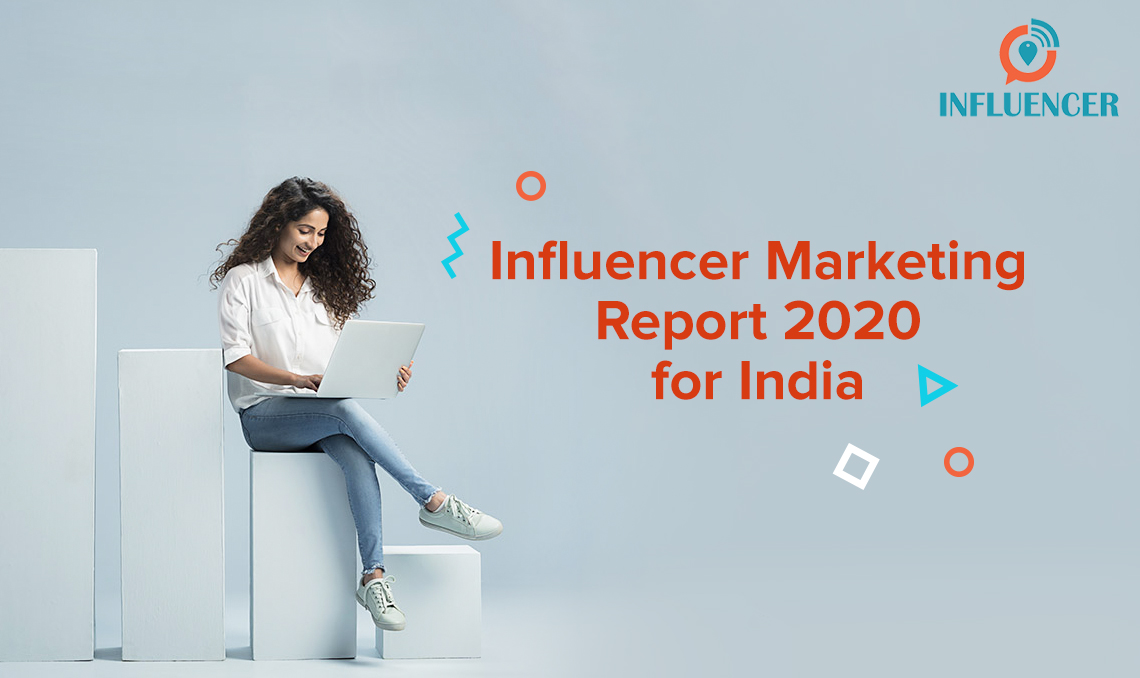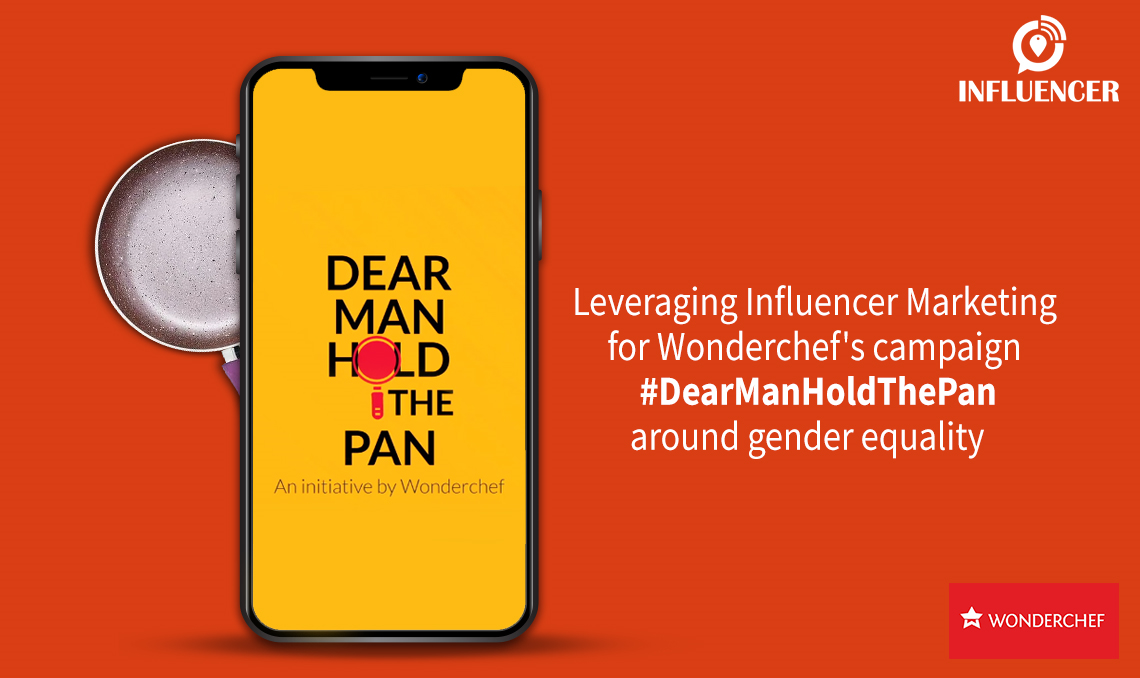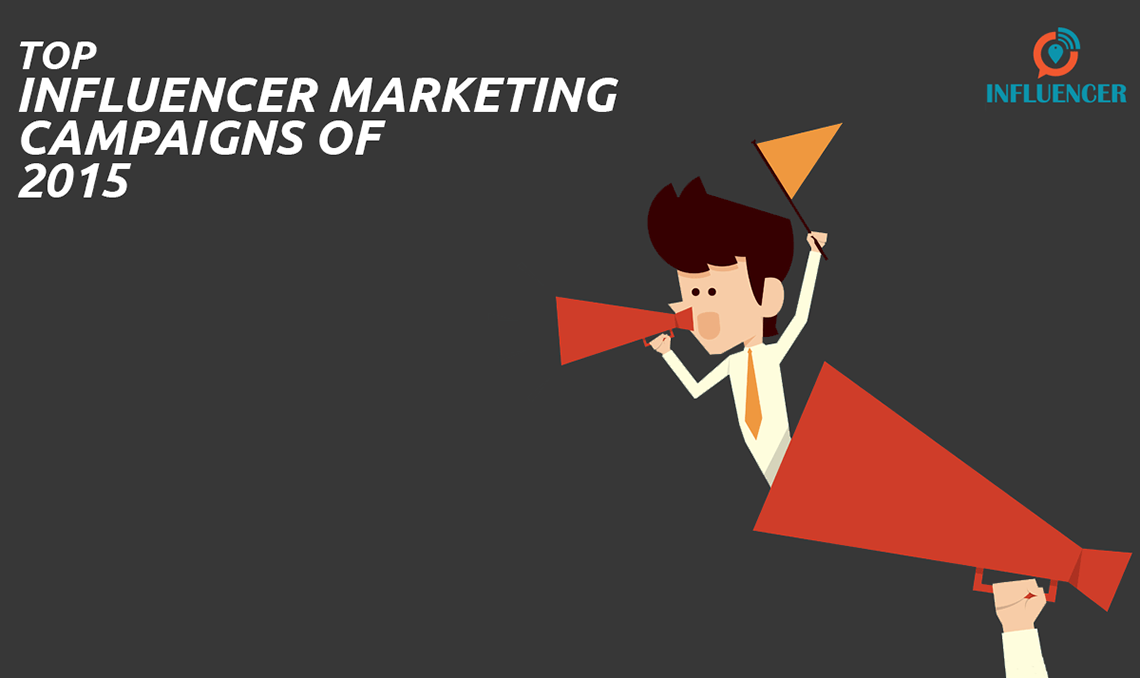Notice: Undefined variable: post_id in /var/www/html/wp-content/themes/influencer-2022/single.php on line 207

9 Common Content Marketing Mistakes That Will Hurt Your Brand
2017 was in many ways the year of content. Marketers were increasingly beginning to realize the importance of a comprehensive content marketing plan in their overall marketing strategy. Content marketing extends much beyond the scope of traditional advertising. It offers a unique way for your consumers to learn more about your brand philosophy and connect with your brand. Content marketing can increase brand awareness, establish thought leadership of your brand, increase sales and encourage brand loyalty. When it’s done right, that is. The problem with so many people jumping onto the content marketing bandwagon is that not everyone knows how to utilize it the right way. If you’re planning to use content marketing for your brand without a clear idea of what it is, you might make serious mistakes that could really hurt your brand. For a content marketing strategy that works, here are nine mistakes you should definitely steer clear of.
1. Don’t Create Content without a Clear Goal
Entering into content marketing shouldn’t be simply shooting in the dark. Like all other marketing tactics, content marketing also needs a clear end-goal. What do you want the content you’re creating to achieve? Unless you have a clear plan in mind, all of your content marketing efforts are going to look muddled and ultimately, get you nowhere. Before you even start writing content for your brand, focus on exactly what you want this content to do. Your goal could be anything from increasing brand awareness, brand building, getting more site visitors or increasing sales. When you know what you’re working towards, you will be able to concentrate all your content marketing efforts towards achieving that goal. Pinpointing a goal will also help you measure the success of your content strategy.
2. Don’t Use Content That Is Unsuited to Your Social Media
Content marketing doesn’t end when you finish writing your content. Increasing visibility of your content is an important reason why you should amplify the reach of your blog via social media. Because you need to promote your content on social media, you have to ensure that the way you write it is suitable for the platform you’re going to share it on. Buzzsumo is a key tool that helps you identify what topics are doing well on different social media platforms. This can help you at the ideation stage to identify topics that will work best for your brand. If the platform best suited for your brand is Twitter, then witty, humorous content that isn’t too long works very well. On LinkedIn, a more professional tone, heavy on statistics works best. With Facebook, audiences usually like well-written posts that are in-depth and encourage debate.
3. Don’t Create Content without Knowing Who Your Audience Is
The most important aspect of content marketing is creating content that will resonate with your audience. But how do you do this unless you know who your audience is? Under the umbrella term of ‘content marketing’ are many different forms of content, each suited for a specific purpose. If you’re utilizing the wrong kind of content, you aren’t going to reach the audience you want. Before you start putting out content, you need to know whom you’re speaking to. Define your target audience as clearly as you can so your content is as effective as possible. Apart from obvious demographic factors like age, try to describe your target audience based on their psychographic traits. For example, even if you identify the age group of 20-30 as your target audience, you still cannot speak to them in the same way. A 30 year old person in business will respond to more serious content while a 21 year old who is still studying might identify more with light-hearted content. Using the right content to reach your audience will increase your chances of success. There are many tools that can help you analyse what it is that your audience is looking for. Google Analytics is one of the most powerful tools you can have at your disposal to gain deeper insights into your target audience. Answer the Public is another useful tool which helps you understand what your audience is interested in by generating a long list of questions people are searching for based on your keyword.
4. Don’t Limit Yourself to Blog Posts
The first thing that comes to mind when you hear the phrase ‘content marketing’ is blogs. While, undoubtedly, long-form blog articles are very important, they’re not the only form of content you can leverage. There are so many different types of content which could help your brand, that you’d be unwise to not make full use of them. Here are a few different forms of content that could help you look beyond just blog posts:
- How-To Guides: How-to guides are extremely popular because they’re straightforward and most importantly, useful. If you can write a great how-to guide in an area you’re an expert in, you can be certain that you’re putting out content your audience is going to love.
- Videos: Video content could be limited to short videos that are great for social media sharing or descriptive long videos that work very well on YouTube. Here’s our article on How to Increase YouTube Views to help you promote your brand on this platform.
- Memes: Few things are more instantly shareable than a good meme. When you’re creating a meme, make sure you stay current, use smart humour and stay far away from the gimmicky.
- Infographics: Infographics are excellent because they present information in a creative way that’s easy for your audience to understand. A well-designed, catchy infographic can get you plenty of shares and increase your brand’s credibility.
- Podcasts: Podcasts have become immensely popular in many countries, but they’re still picking up in India. However, this is exactly why you should start using podcasts in your content strategy. Since there isn’t too much competition, using podcasts will give you the first-mover advantage.
5. Don’t Try to Sell Yourself Too Aggressively
What most people get wrong with content marketing is that it isn’t a quick-fix solution which will give you immediate returns. If you write a 1500 word blog that’s basically a PR article for your brand, you aren’t going to be attracting any followers. If anything, those kinds of blogs will make you lose your audience. Writing brand-centric content that your readers will also love is a very tricky line for many influencers and bloggers. The mistake many people make is thinking from a brand’s perspective and writing brand-centric articles alone. Instead, what you need to be doing is finding topics that your consumers will also find useful and will gain some value from. You can mention your brand briefly, but keep the focus consumer-centric. Content marketing takes time, but the huge returns it gives you makes it all worth it. Even if you are trying to create content through influencers, always ensure you co-create content with influencers so that it is authentic.
6. Don’t Focus on Quantity over Quality
It can be very tempting to want to churn out three blogs a day to keep your website regularly updated. However, when you focus too much on quantity, quality becomes common collateral damage. One of the most common mistakes bloggers make is sacrificing quality for the sake of quantity. When you’re writing too many blogs, soon you start running out of time to put your heart and soul into each one. You begin to compromise on the quality of writing, the amount of research and the relevance of the topic. A single in-depth, well-researched and excellently written blog is going to help your brand more than a string of mediocre ones. Writing content that is 10 times better than what is already out there is what is going to bring in the ranks on Google. Quality is also very important because if your blog is riddled with grammatical errors and misspellings, your audience is going to lose the entire point of your message. With poor quality, Google is also going to ignore you and keep your blog buried on page 25 of the search results.
7. Don’t Misquote Statistics
The internet is swamped with misinformation, so don’t be a part of it. When you’re building your brand through content marketing, credibility is one of the most important traits you want to associate yourself with. Making up statistics to support your blog is a cardinal sin you cannot afford to make. Even if you’re getting your statistics from other websites, you need to verify the accuracy of their sources. Well-known and trustworthy sources of statistical evidence like the Census report and Nielsen give you facts that you can rely on. Lesser-known sources might not be accurate, so don’t risk your own reputation by citing them.
8. Don’t Provide Questions If You Aren’t Going to Answer Them
The first step to providing valuable content for your audience is to identify what their problems are. But audiences don’t want to just read about all the questions they have, they already know that part. What they’re really looking for when they come to your blog are answers. If you aren’t able to provide clear solutions to your audience, then the whole point of your blog is lost. It is not going to resonate with your audience and they aren’t going to feel compelled to share it. When you offer solutions to your audience, you aren’t just helping them; you’re also establishing your authority on the subject.
9. Don’t Ignore the Power of SEO
People who are unfamiliar with content marketing often believe that all you need to do is write a long blog, put it out and your job is done. However, content marketing is far more technical than that. One of the most important aspects of writing successful content is making sure it’s SEO-friendly. Without utilizing the power of SEO, your content is not going to reach the people it needs to. You can have excellent content that’s equally humorous and informative, but if it’s on page 6 of Google’s search results, no one is ever going to come across it. Because of this, it’s important that you use SEO extensively throughout your content to make sure it becomes as visible as possible. The Google Keywords Planner is a great tool to help you identify keywords trends related to your brand. This will help you optimize your content and rank higher. LSIGraph is an extremely useful tool that will help you identify LSI keywords. LSI (Latent Semantic Indexing) keywords are related keywords which also increase your chances of ranking high on the search results page. If you are wondering how to make your content more SEO friendly, read our guide on 11 basic SEO tips that every digital influencer & blogger should know.
With these content marketing tips, you will be able to create content that can build your brand as well as bring value to your audience. With more brands beginning to realize the value of excellent content, the growth of content marketing doesn’t look like it’s going to end anytime soon. Learning how to leverage content most effectively could put you ahead of the race, helping you gain greater numbers of followers and increasing your own importance as a brand. Here are 15 Content Marketing Blogs Every Blogger Must Follow to help you keep abreast of all the latest developments in the field of content marketing.












